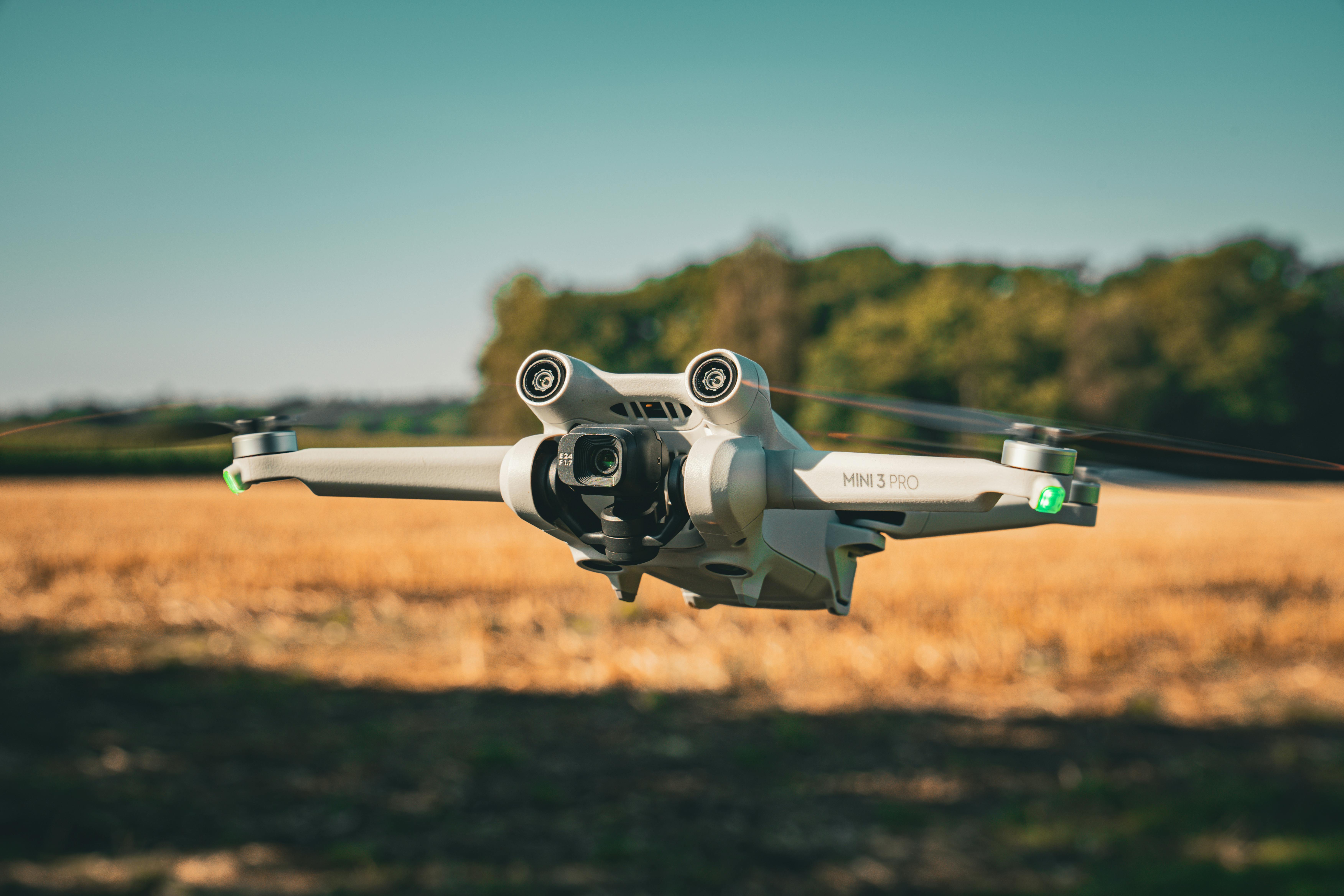A Dive into the World of Augmented Reality in the Automotive Industry
Augmented Reality (AR) has been making waves in various industries, and the automotive sector is no exception. It's a groundbreaking technology that holds the potential to revolutionize the driving experience, car manufacturing, and even automotive marketing. In this article, we delve into the fascinating world of AR in the automotive industry, exploring its history, current applications, and what the future holds.

A Glimpse into the Past: The Arrival of AR in the Automotive World
While the concept of augmented reality may seem like a recent development, its roots can be traced back to the early 1990s. At the time, it was simply an experimental technology, far from the sophisticated and practical tool it is today. The automotive industry started to take notice of AR’s potential in the mid-2000s, primarily for design and manufacturing purposes. By superimposing digital information onto real-world environments, engineers could visualize components and assemblies without the need for physical prototypes.
The Current Landscape: AR in Today’s Automotive Industry
Fast forward to the present day, and AR has found its way into various aspects of the automotive industry. One of the most prominent applications is in vehicle navigation systems. Traditional GPS devices and in-car screens are gradually being replaced by AR-based navigation systems that project directions and other important information onto the car’s windshield. This approach not only provides a more immersive and intuitive driving experience but also enhances safety by keeping the driver’s eyes on the road.
In addition, AR is being used in car manufacturing to improve efficiency and precision. For instance, workers can use AR glasses to visualize assembly instructions, reducing the time and resources spent on training. AR is also transforming the automobile shopping experience, with virtual showrooms allowing potential buyers to customize and explore vehicles in 3D from the comfort of their homes.
Looking Ahead: The Future Impact of AR in the Automotive Industry
The integration of AR into the automotive industry is still in its infancy, but the potential for future growth is immense. As the technology continues to evolve, we can expect to see more advanced and immersive AR applications in our vehicles. For instance, future cars could use AR to highlight potential hazards on the road, provide real-time traffic updates, and even offer virtual tours of unfamiliar cities.
However, the widespread adoption of AR in the automotive industry is not without challenges. Concerns about driver distraction, privacy, and cybersecurity need to be addressed. Moreover, integrating AR into vehicles and manufacturing processes requires significant investment and technical expertise.
Wrapping Up: AR as a Game-Changer in the Automotive Industry
In conclusion, augmented reality presents an exciting frontier for the automotive industry. From enhancing the driving experience to improving manufacturing efficiency, AR has the potential to revolutionize how we interact with our vehicles. As with any emerging technology, it comes with its share of challenges and uncertainties. However, if the current trends are anything to go by, AR is all set to play a key role in the future of the automotive world.





